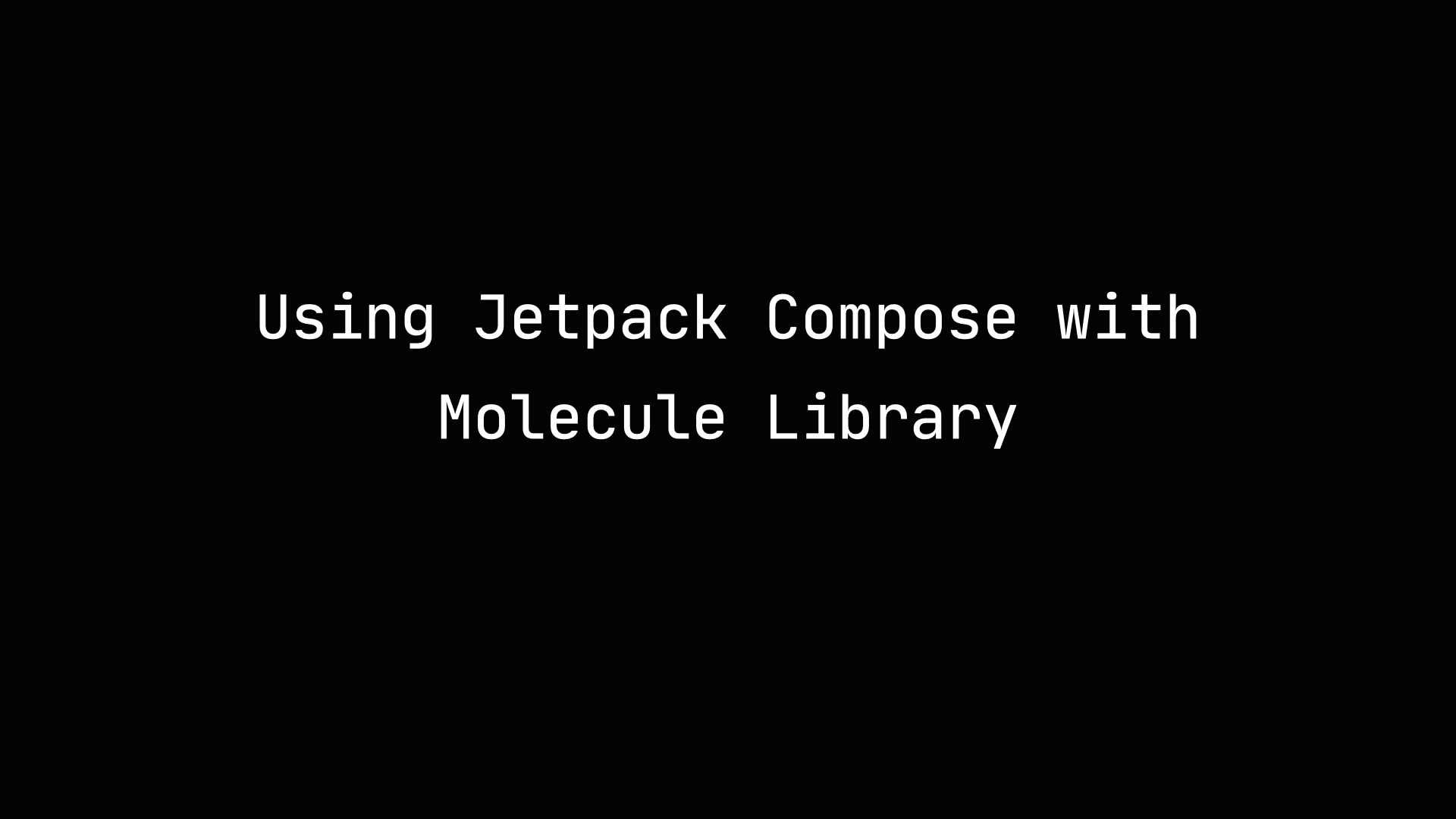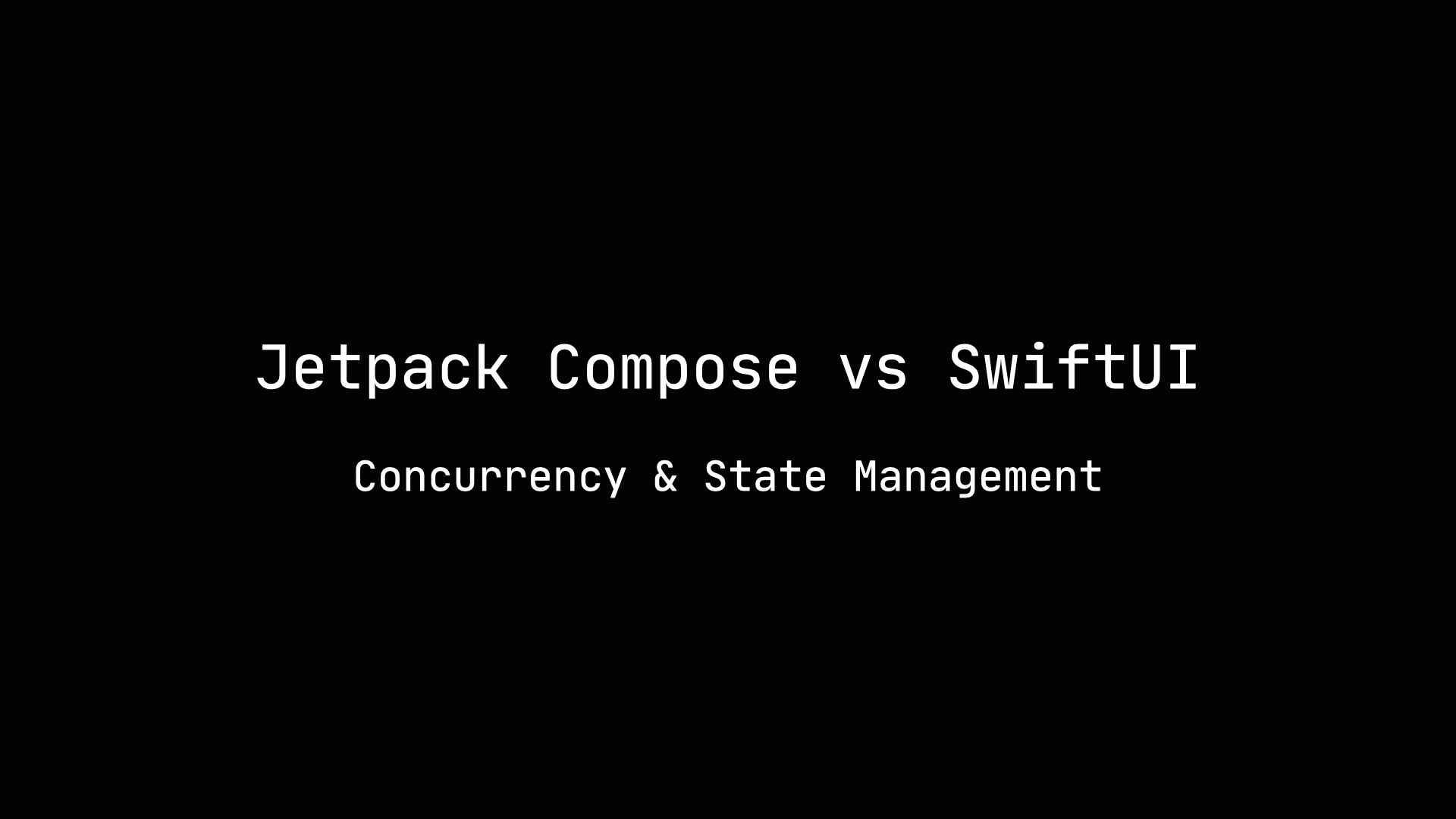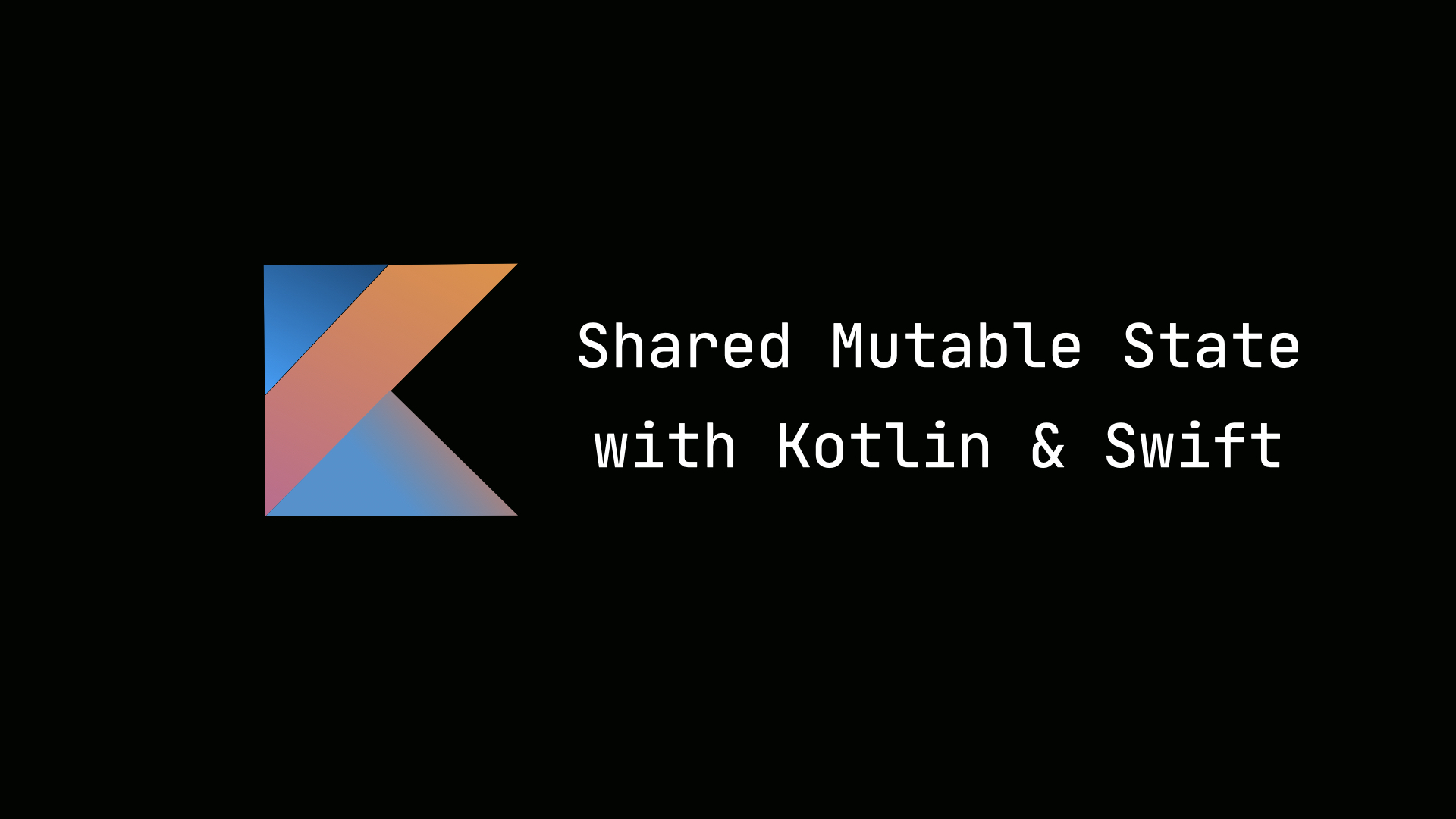gRPC with Kotlin Coroutines
Featured in Kotlin Weekly #213
In this blog post, we will explore how to use gRPC with Kotlin coroutines on both the server and client (Android) using the gRPC-Kotlin library.
What is gRPC?
gRPC is a framework by Google for making RPC requests. It allows you to call a method on the server as if it was a local method on the client. The server defines all the different types of RPC requests the client could make using protocol buffers. Protocol buffers is a data formatting language. It allows you to specify the request and response from rpc calls.
gRPC has support for clients and servers that are built using different programming languages.
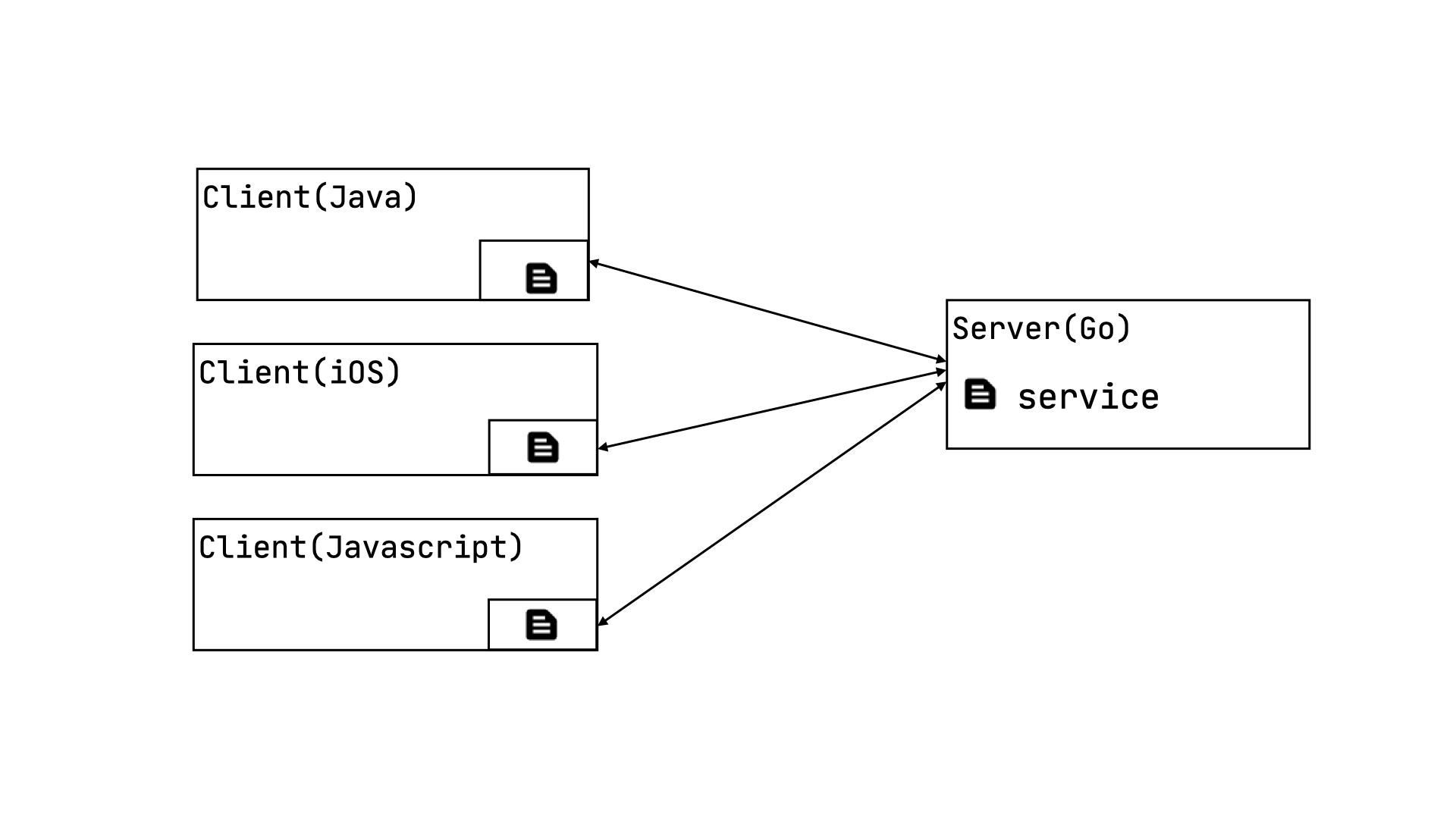
Use Case

Assume we are building an Android app that allows users to explore locations on map as they traverse from one location to another. The user may be able to check-in to a place or chat with others at the location. The user could also explore new venues such as restaurants and retail stores nearby. How could we build a server and client for this hypothetical use case?
Building gRPC Server
There are many open source libraries that could be used to build a gRPC server and client such as Wire, Kroto-Plus and gRPC-Kotlin. Let’s explore how to use gRPC-Kotlin to build a gRPC server for our case.
RPC Calls
The first step is to define the RPC calls a client could make. We’ll use protocol buffers to define the request and response. The RPC calls are defined in a file with an extension .proto. All RPC calls are defined in a service. The snippet below defines VenueService using the service keyword. The proto file also specifies the version of protocol buffer to use. I have specified to use protocol buffer version 3.
syntax = "proto3"
service VenueService {
}
Unary RPC Call
The first RPC call type we will define is a simple client and server request. Suppose in our use case, we wanted to get a venue (restaurant, retail store) at a particular location. We could define this RPC call as follows.
service VenueService {
rpc GetVenue(Location) returns (Venue) {}
}
The GetVenue method takes in a Location message and returns a Venue.
message Location {
double latitude = 1;
double longitude = 2;
}
A type is defined using the message keyword. Location is a message that has two fields - latitude and longitude. These fields have a type of double. The Protocol Buffer Guide defines all the supported types such as enums or strings. Each field is assigned a unqiue number starting from 1. For each field defined subsequently, the unique number is incremented.
message Venue {
string name = 1;
Location location = 2;
VenueType venueType = 3;
enum VenueType {
Landmark = 0;
Driving_Range = 1;
Golf_Course = 2;
Restaurant = 3;
Retail = 4;
}
int64 checkins = 4;
int64 reviews = 5;
}
A Venue is represented as a message above. The name of the venue is a string. It references an existing message Location to return the latitude and longitude of the venue. The third field is an enum which represents the type of venue - landmark, driving range, restaurant or retail store. Each enum is specified with a unique number starting from 0. The last two fields checkins and reviews are int scalar types. In Kotlin, they map to a Long.
We have specified a simple unary RPC call that returns a venue based on a location.
service VenueService {
rpc GetVenue(Location) returns (Venue) {}
}
Server Streaming
The GetVenue RPC call above returns only one response. But, we could define RPC calls where the server returns a stream of data. Assume we wanted to define an RPC where the client gives a location and the server returns a stream of venues nearby.

service VenueService {
rpc listVenues(Location) returns (stream Venue) { }
}
We have added a server streaming RPC call to the service above. What’s new about this call specification? The return type Venue is marked with a stream keyword. This specifies that the returned data from the server will stream venues. The server will wait until the client send a message. Once it has a message, it will return a stream of responses.
Client Streaming
We saw in the server side streaming example that server was returning a stream of messages. The client only had sent one message. Client could also send a stream of messages.
Assume we wanted to return a summary of all the venues a person visted during their trip. For this use case, the client will have to send a stream of locations as they go from one location to another.

In this diagram, the client is sending a stream of locations to the server. The server will wait until al the messages are received and send back a summary back to the client.
service VenueService {
rpc RecordTrip(stream Location) returns (TripSummary) {}
}
The example above defines a RecordTrip rpc call that conforms to our use case. The stream keyword is used inside the parentheses to define the client side streaming RPC call.
Bidirectional Streaming
Both the client and server can be streaming messages. This use case is good for implementing a chat room. A client could stream messages sent by a user. The server could return replies from other users.

import "google/protobuf/timestamp.proto";
service VenueService {
rpc chat(stream Comment) returns (stream Comment) {}
}
message Comment {
string text = 1;
google.protobuf.Timestamp sentTime = 3;
}
The rpc method chat takes a stream of comments and returns a replies. A comment is a message that has text and a timestamp for when it was sent. A Timestamp is well known types in protocol buffers. In order to use it, you have to import the timestamp.proto file.
import "google/protobuf/timestamp.proto";
In the rpc method, both request and response comments are marked with the stream keyword. The server could wait until comments are received in order to send all the replies. Or, the server could send a reply as it receives a comment. Its up to you how you want to implement the streaming logic.
rpc chat(stream Comment) returns (stream Comment) {}
We’ve defined all the different types of RPC calls for our use case. How do we implement our logic to execute for the RPC calls?
Implementing RPC Calls
When we run our build, the protocol buffer compiler will run. It will generates base implementation class for us from service.
abstract class VenueServiceCoroutineImplBase(coroutineContext) {
open suspend fun getVenue(request: Location): Venue
open fun listVenues(request: Location): Flow<Venue>
open suspend fun recordTrip(requests: Flow<Location>): TripSummary
open fun chat(requests: Flow<Comment>): Flow<Comment>
}
Each open method in the generated class above corresponds to an RPC call. In order to add our own logic when these methods are called, we will create a service that inherits this class.
class VenueGrpcService: VenueServiceGrpcKt.VenueServiceCoroutineImplBase() {
}
Unary RPC Call
Our unary RPC call took a location and returned a venue.
service VenueService {
rpc GetVenue(Location) returns (Venue) {}
}
This RPC call is implemented as a suspending method in our service.
class VenueGrpcService: VenueServiceGrpcKt.VenueServiceCoroutineImplBase() {
override suspend fun getVenue(request: Location): Venue {
return db.getVenue(request)
}
}
We could add logic to query a database to get a venue based on a location. The suspending method above returns a Venue. In our protocol buffer file, we had defined this as a message.
message Venue {
string name = 1;
Location location = 2;
VenueType venueType = 3;
enum VenueType {
Landmark = 0;
Driving_Range = 1;
Golf_Course = 2;
Restaurant = 3;
Retail = 4;
}
int64 checkins = 4;
int64 reviews = 5;
}
The protocol buffer compiler creates a builder for the Venue message. It has setters for each field defined above. We could map to this type using its builder.
Venue.newBuilder()
.setName(...)
.setLocation(...)
.setVenueType(...)
.setCheckins(...)
.setReviews(...)
.build()
Server Streaming
rpc listVenues(Location) returns (stream Venue) { }
A server streaming RPC call was defined using the listVenues method that returns a stream of venues. This translates into method that returns a Flow of Venue.
class VenueGrpcService: VenueServiceGrpcKt.VenueServiceCoroutineImplBase() {
override fun listVenues(request: Location): Flow<Venue> {
return db.getVenues(request).asFlow()
}
}
We might have logic to query our database to get a list of venues nearby. The list return could be transformed into a Flow using the asFlow extension.
Client Streaming
A client streaming RPC call is also mapped to a Flow. But, the parameter of the generated is a Flow of requests.
rpc RecordTrip(stream Location) returns (TripSummary) {}
This RPC method is translated as follows.
class VenueGrpcService: VenueServiceGrpcKt.VenueServiceCoroutineImplBase() {
override suspend fun recordTrip(requests: Flow<Location>): TripSummary {
...
}
}
In this generated method, the return type is a single message TripSummary. The request is a flow of locations.
Bidirectional Streaming
As we saw earlier, a bidirectional streaming call is a streaming responses and requests.
rpc chat(stream Comment) returns (stream Comment) {}
class VenueGrpcService: VenueServiceGrpcKt.VenueServiceCoroutineImplBase() {
override fun chat(requests: Flow<Comment>): Flow<Comment> {
...
}
}
The chat RPC call translates to a method that takes a Flow of comments and returns a Flow of comments.
Config & Start gRPC Server
We have implemented each RPC call. How do we configure and start our gRPC server? The gRPC-Kotlin library is built on top of gRPC-Java. It provides a builder to get configure and start a gRPC server.
val server = ServerBuilder
.forPort(port)
.addService(VenueService())
.build()
In the code snippet above, we are creating a server by specifying a port and our VenurService. We could specify as many services we want.
fun main() {
val server = ServerBuilder
.forPort(port)
.addService(VenueService())
.build()
server.start()
server.blockUntilShutdown()
}
We could start and shutdown as desired in a main method.
Testing with Bloom RPC
Bloom RPC is a GUI client that allows you test your RPC service. The VenueService protocol buffer file could be added to it with the host and port. With Bloom RPC, you could call any RPC method with request and view the response.
Building gRPC Andorid Client
We have built a gRPC server using gRPC-Kotlin. How do we use this library to make RPC calls to this server on Android?
RPC Calls
The first step is to copy the protocol buffer file from the server to the client. We had specified these RPC calls on the service.
service VenueService {
rpc GetVenue(Location) returns (Venue) {}
rpc listVenues(Location) returns (stream Venue) { }
rpc RecordTrip(stream Location) returns (TripSummary) {}
rpc chat(stream Comment) returns (stream Comment) {}
}
We’ll create a similar protocol buffer line in the proto folder in the Android app. We’ll add the service above and all the RPC calls.
Creating Channel
The next step to make an RPC call is to create a ManagedChannel. A ManagedChannel specifies the server and port of the gRPC server. The ManagedChannelBuilder can be used to build this object.
val managedChannel = ManagedChannelBuilder
.forAddress(host, port)
.useTransportSecurity()
.build()
The method useTransportSecurity is used if your host uses https. Otherwise, usePlainText can be used.
I may need to setup an intercept that will be called when an RPC call is made. An intercept method is provided in the builder which takes in a ClientInterceptor.
val managedChannel = ManagedChannelBuilder
.forAddress(host, port)
.intercept(object : ClientInterceptor {
fun interceptCall(method, callOptions, channel) {
...
})
.build()
Generated Client
When you build the Android app, it will run a task to generate a client from your service defined in the protocol buffer file.
class VenueServiceCoroutineKt {
suspend fun getVenue(request: Location): Venue
fun listVenues(request: Location): Flow<Venue>
suspend fun recordTrip(requests: Flow<Location>): TripSummary
fun chat(requests: Flow<Comment>): Flow<Comment>
}
This is the generated class. It looks very similar to the service generated on backend. For a unary RPC call, the getVenue method is suspended. Any streaming messages are mapped to a Flow. For example the chat method takes in a Flow of comments and returns a Flow of comments.
Setup Client
In order to create the generated client, we need to pass to it the ManagedChannel object we had created.
val managedChannel = ManagedChannelBuilder
.forAddress(host, port)
.useTransportSecurity()
.build()
val client = VenueServiceCoroutineKt(managedChannel)
How the Client makes RPC Calls
The generated client stub contains logic to make an RPC call. Each rpc calls the method below which is in the gRPC-kotlin library.
private fun <RequestT, ResponseT> rpcImpl(...): Flow<ResponseT> = flow {
coroutineScope {
val clientCall: ClientCall<RequestT, ResponseT> = channel.newCall(method, callOptions)
val responses = Channel<ResponseT>(1)
val readiness = Readiness { clientCall.isReady }
clientCall.start(
object : ClientCall.Listener<ResponseT>() {
override fun onMessage(message: ResponseT) {
if (!responses.offer(message)) {
throw AssertionError("onMessage should never be called until responses is ready")
}
}
override fun onClose(status: Status, trailersMetadata: GrpcMetadata) {
responses.close(
cause = if (status.isOk) null else status.asException(trailersMetadata)
)
}
override fun onReady() {
readiness.onReady()
}
},
headers
)
val sender = launch(CoroutineName("SendMessage worker for ${method.fullMethodName}")) {
try {
request.sendTo(clientCall, readiness)
clientCall.halfClose()
} catch (ex: Exception) {
clientCall.cancel("Collection of requests completed exceptionally", ex)
throw ex // propagate failure upward
}
}
try {
clientCall.request(1)
for (response in responses) {
emit(response)
clientCall.request(1)
}
} catch (e: Exception) {
withContext(NonCancellable) {
sender.cancelAndJoin("Collection of responses completed exceptionally", e)
// we want sender to be done cancelling before we cancel clientCall, or it might try
// sending to a dead call, which results in ugly exception messages
clientCall.cancel("Collection of responses completed exceptionally", e)
}
throw e
}
if (!sender.isCompleted) {
sender.cancel("Collection of responses completed before collection of requests")
}
}
}
}
Source: ClientCalls.kt
Let’s breakdown how this method works. The rpcImpl method creates Flow of responses. Here is a diagram that explains what’s happening in this method.
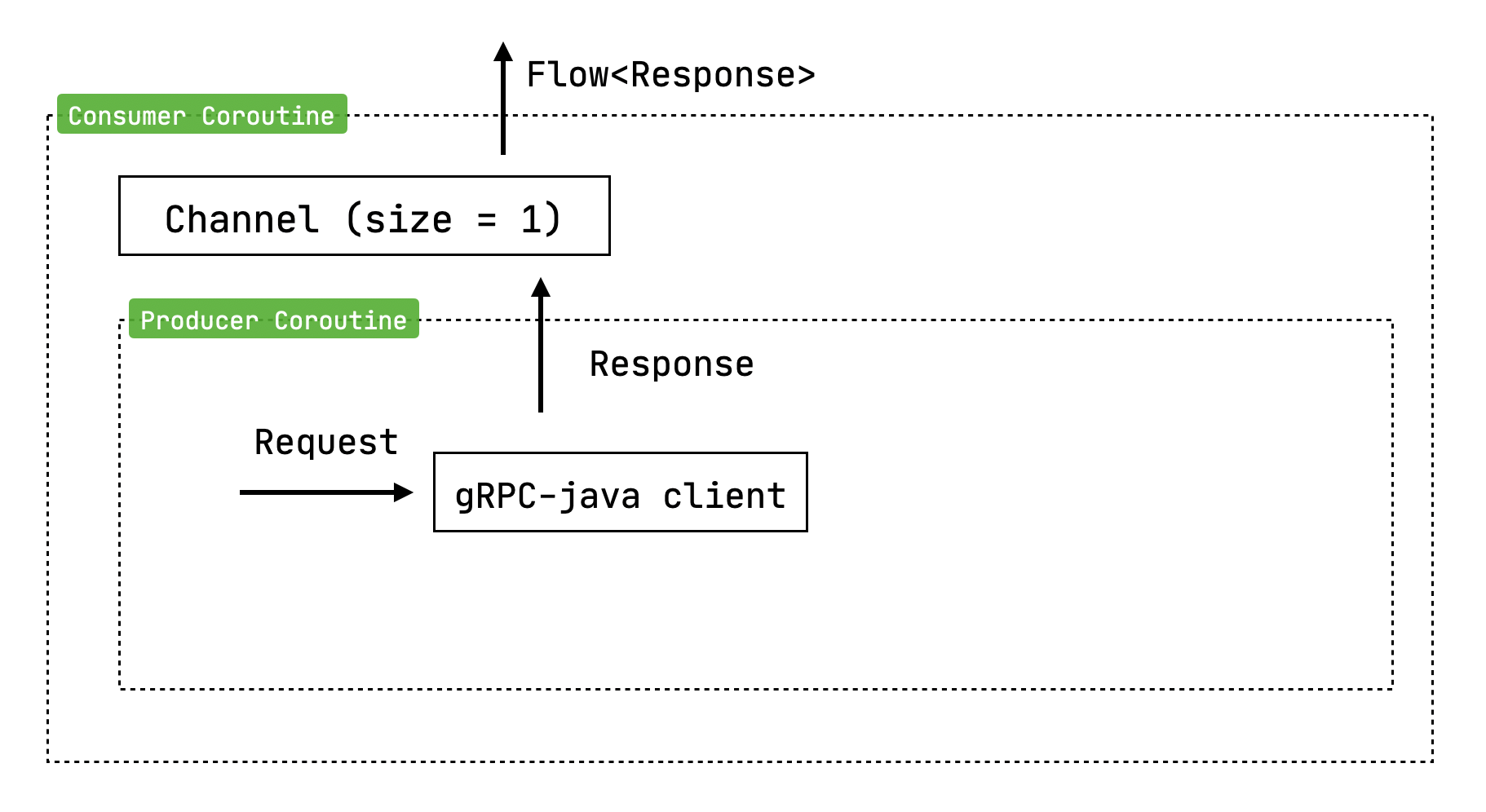
The Flow above created a coroutines using coroutineScope builder. The gRPC-Java library has the class ClientCall that can be used to start the RPC connection and make a call. When an RPC method is called, the gRPC client is started in the coroutine. It takes in a callback ClientCall.Listener to receive reponses.
clientCall.start(
object : ClientCall.Listener<ResponseT>() {
override fun onMessage(message: ResponseT) {
if (!responses.offer(message)) {
throw AssertionError("onMessage should never be called until responses is ready")
}
}
override fun onClose(status: Status, trailersMetadata: GrpcMetadata) {
responses.close(
cause = if (status.isOk) null else status.asException(trailersMetadata)
)
}
override fun onReady() {
readiness.onReady()
}
},
headers
)
Source: ClientCalls.kt
When a message is recieved, the response is stored in a coroutines Channel with a buffer size of 1.
val responses = Channel<ResponseT>(1)
override fun onMessage(message: ResponseT) {
if (!responses.offer(message)) {
throw AssertionError("onMessage should never be called until responses is ready")
}
}
The coroutine also creates a child coroutine using the launch method. It suspends the coroutine until a response is received.
val sender = launch(CoroutineName("SendMessage worker for ${method.fullMethodName}")) {
try {
request.sendTo(clientCall, readiness)
clientCall.halfClose()
} catch (ex: Exception) {
clientCall.cancel("Collection of requests completed exceptionally", ex)
throw ex // propagate failure upward
}
}
Finally, the request is sent using the request method. The parameter takes in the number of messages to deliver.
flow {
...
clientCall.request(1)
for (response in responses) {
emit(response)
clientCall.request(1)
}
...
}
Any response received from the responses channel is emitted to Flow. This is how RPC calls are made using coroutines in the gRPC Kotlin library.
Client Usage
We could use the generated client in a ViewModel.

class MyViewModel(val clientStub: VenueServiceCoroutineKt): ViewModel() {
fun listPlaces(location: Location) {
clientStub.listVenues(location)
.collect {
...
}
}
}
When the listPlaces server streaming method is called, it will make the RPC call and the responses will be given in the collect method.
We have created a server and consumed it in an Android client. I hope this article was useful in using gRPC with Kotlin coroutines. Please check out my talk on gRPC with Kotlin coroutines at the Kotlin London Meetup.
